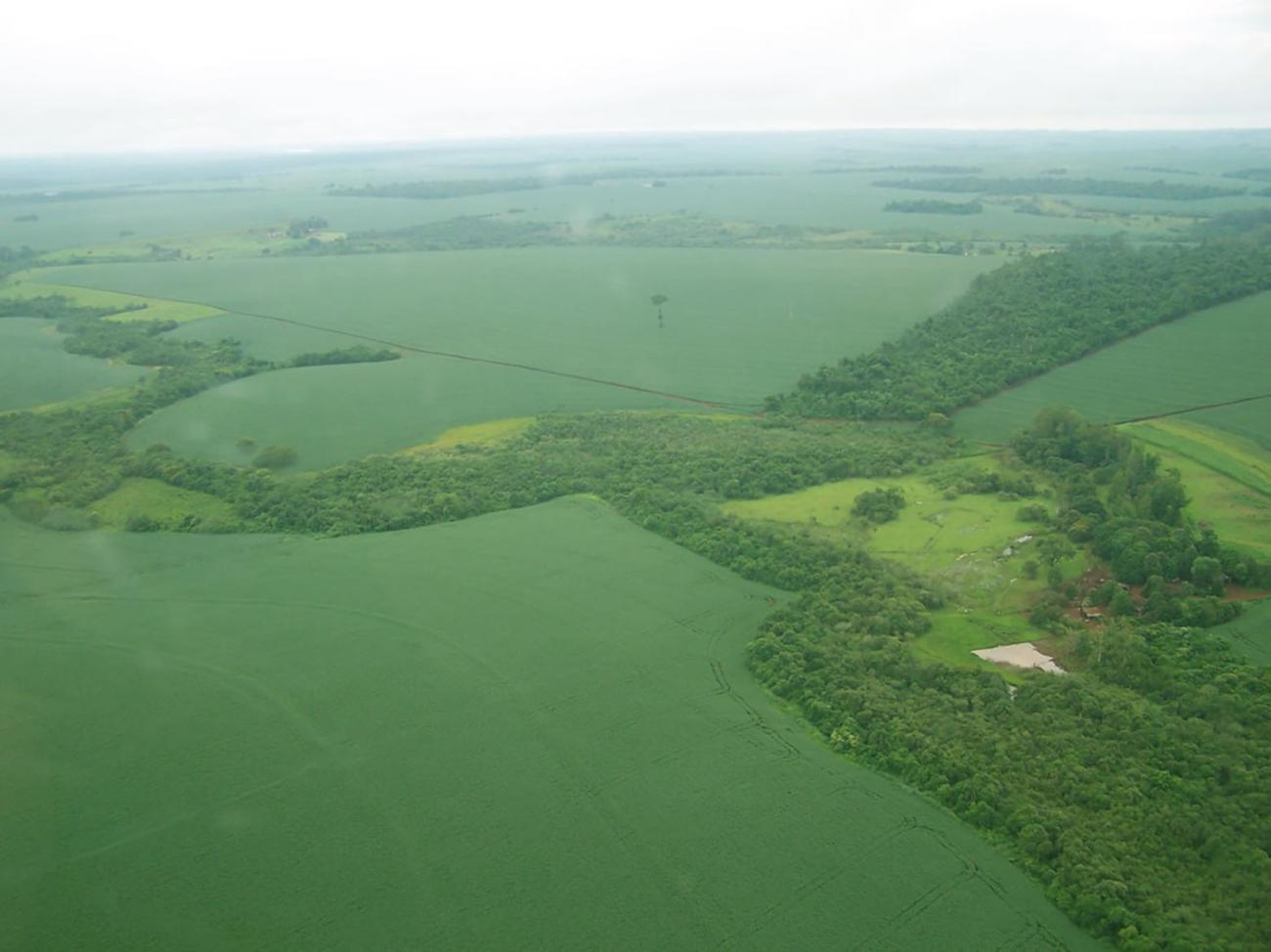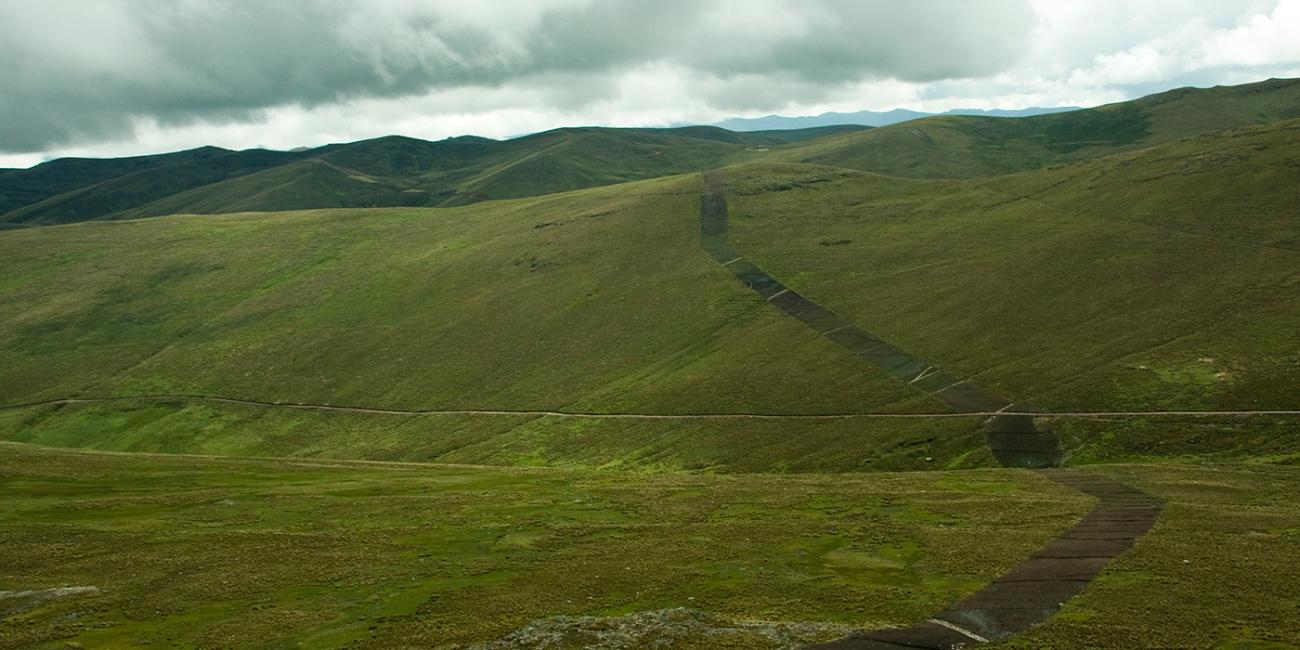Biography
Ana Maria Sanchez-Cuervo is a conservation biologist at the Smithsonian Conservation Biology Institute's Center for Conservation and Sustainability. She is the managing director for CCS's Paraguay programs and co-leads the In-situ/Ex-situ Conservation Program and the Sustainable Productive Landscape Initiative. Sanchez-Cuervo’s research involves participatory approaches and environmental modeling to understand patterns, causes, and consequences of landscape changes. Her research aims to inform strategic decisions and management that promotes biodiversity conservation, human well-being, and economic development in tropical areas. Currently, she focuses on the in-situ (wild) and ex-situ (captive) research, while improving capacity building and training local partners to ensure long-term habitat and biodiversity conservation. Sanchez-Cuervo’s projects include: In-situ and ex-situ conservation of the Atlantic Forest in Paraguay Sustainable investment tool for the Paraguayan Chaco Sánchez-Cuervo co-developed the Smithsonian Working Landscape Simulator. This collaborative, holistic and quantitative tool uses participatory ecosystem services assessment and landscape scenario planning for smarter green and gray infrastructure development. Sánchez-Cuervo leads and coordinates a project to integrate conservation strategies focused on applied in-situ and ex-situ capacity building, education, sustainability, protected area management, and conservation science. Sánchez-Cuervo earned a bachelor’s degree in 2002 from Universidad Pedagόgica and Tecnolόgica de Colombia and a master’s degree in biology in 2006 from the University of Puerto Rico-Mayaguez. In 2014, she earned a doctorate from the University of Puerto Rico-Rio Piedras, where she assessed the effects of the Colombian armed conflict on forest cover change and the implications for species richness patterns and protected areas planning. She began a postdoctoral position at the Center for Conservation and Sustainability in 2015 and became a research scientist in 2017. Working on her dissertation gave her a diverse perspective on natural resources conservation and a focus on closing the gap between conservation science and real-world action.



